Tuscany is a region of Italy colloquially referred to as Italy’s kneecap due to its placement on the map. Based in the North West, Tuscany is home to Florence, the region’s capital, as well as Pisa which many tourists seek out. It comes with different types of Tuscan veggies that are famous in the region!
Tuscany has a pretty interesting climate that can vary a lot. It is generally mild in Tuscany most parts of the year but as winter and summer come around the temperatures can change quickly.
The free-thaw cycle is what we have to thank for Tuscany’s rich soil that allows it to grow great vegetables.
Tuscany is one of the most traveled areas in Italy for its produce as well as its sight. Tuscany was once recognized as the breadbasket of Rome as it had such a flourishing ecosphere and agriculture.
Let’s explore some of the vegetables Tuscany has to offer.
1. Brassica oleracea ‘Nero di Toscana’
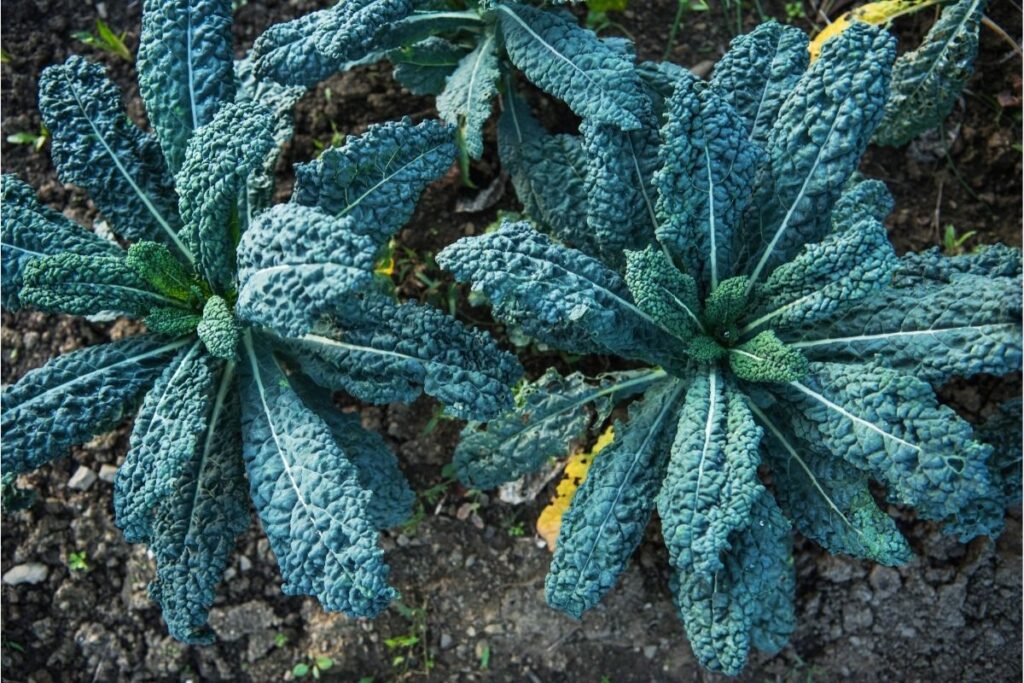
One interesting legume that Tuscany has to offer is what is known as Tuscan black cabbage.
The genus we are referring to is the Brassica genus which is the home to many cruciferous vegetables, cabbages, and mustard plants as well as kale.
Kale is part of the smaller species of Brassica known as Brassica oleracea. Even within this specific subspecies there are many different groups sprouting completely different veg.
While the Gemmifera group produces Brussels sprouts, the Acephala group produces what we recognize as kale.
Kale is one of the easier Brassicas to grow and grows pretty well within Tuscany when planted in the spring and harvested in the autumn.
This specific cultivar is called Tuscan black cabbage in English. These specimens are really cool to grow as they are pretty dark in color.
This can make your dishes look really cool but also provides an ornamental quality thanks to the handsome black leaves.
2. Allium cepa ‘Cipolla di Certaldo’
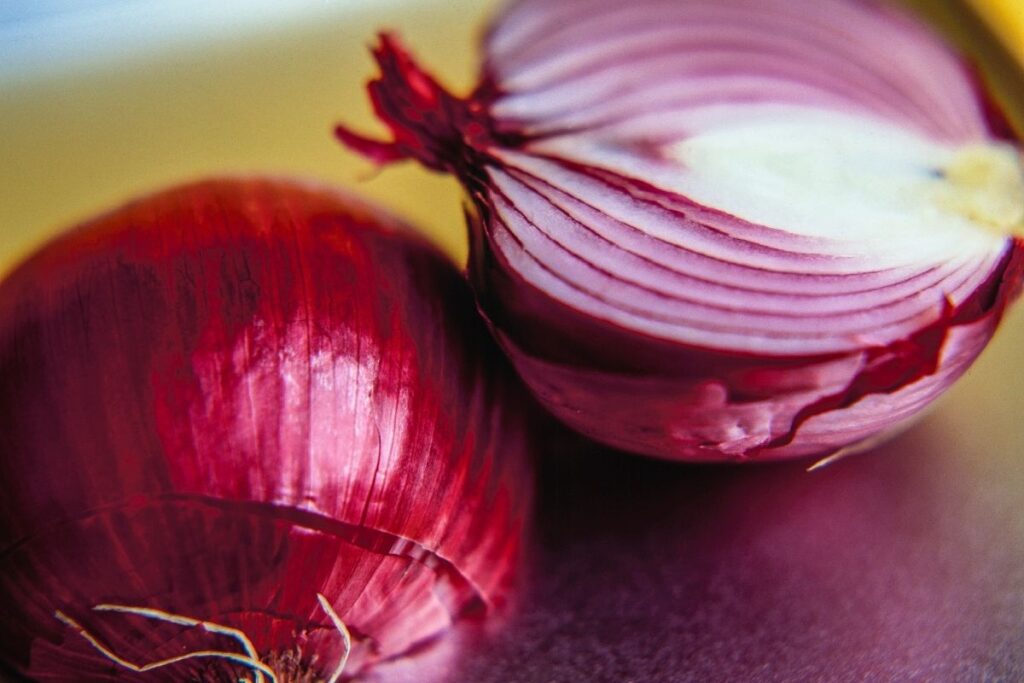
In the town of Certaldo in Florence, the citizens of this village will all tell you of their favored onion, which is the Certaldo onion that is a source of pride for the town’s people.
The famous work Decameron by beloved Certaldonian Giovanni Boccaccio mentions the onions referring to the people of Certaldo as ‘Cipolloni’ which means ‘big onions’ referring to their strength and gall.
The Certaldo onions even feature on the coat of arms for Certaldo, the motto beneath which reads ‘By nature I am yet strong and sweet / I please those who stay and work’
Generally in Italy, there are two sorts of onion that are grown. A statina is an onion that is left till the summer to be harvested, the sun having made it sweet and lighter in color.
Conversely, a vernina is harvested in the fall for the winter. These onions are more pungent but less sweet and are often darker in color.
3. Lattuga quattro stagioni ‘Four Seasons Lettuce’
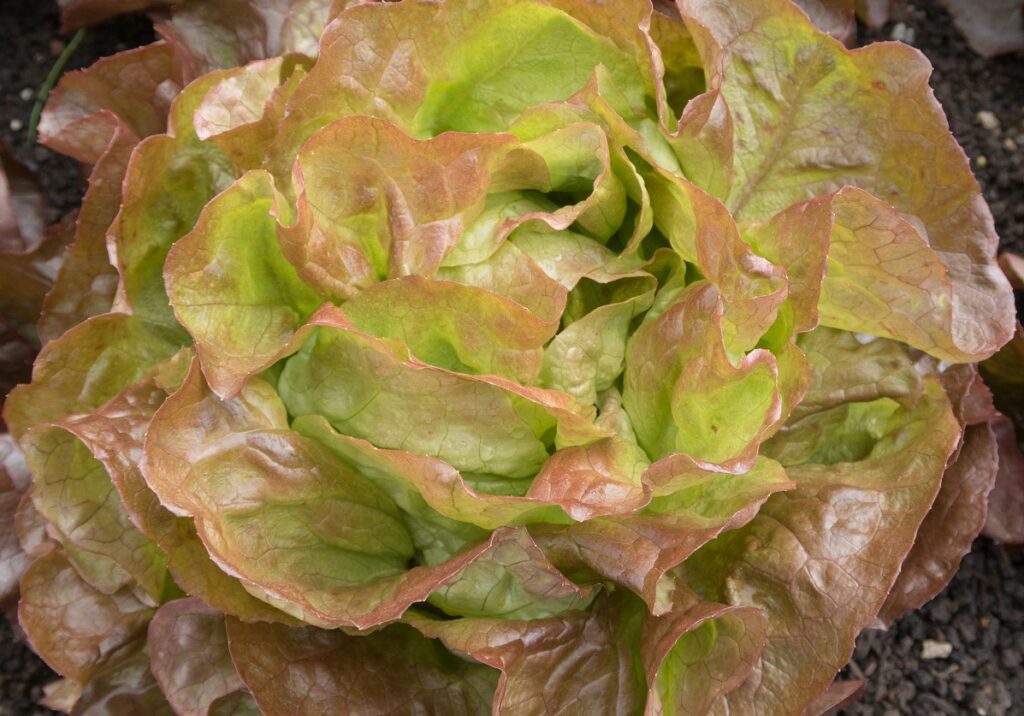
This is a lettuce that is regularly used in the region of Tuscany in salads. You can plant this lettuce from January to September. Lettuce generally has a really long sowing season and you can harvest them until the frost risks them dying.
When mature, the lettuce’s outer leaves often become red while the heart of the lettuce remains green and fresh.
The tender leaves make it a popular choice to use in salads, as well as the variation in texture and sweetness the leaves can offer.
4. Solanum lycopersicum ‘Pomodoro costoluto fiorentino’
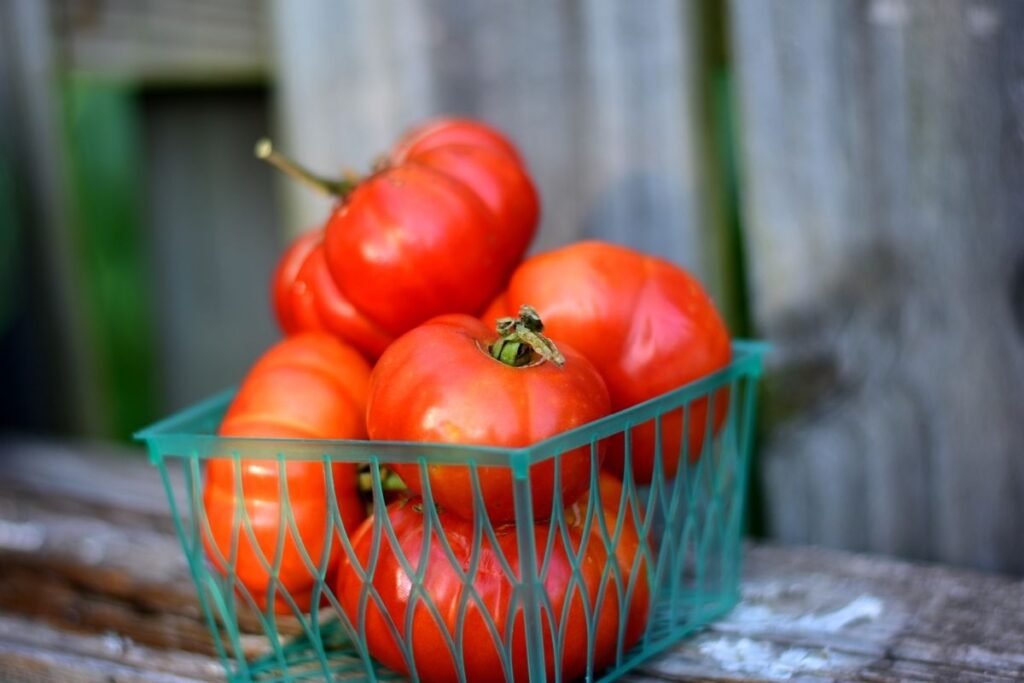
This tomato cultivar is known as the Florentine tomato and is a particularly popular tomato within Italy, let alone it’s region of Tuscany.
The tomato has a ribbed shape that is typical of heirloom varieties. The tomato grows particularly well in the heat of a Tuscan summer, the tomato has indeterminate growth so can grow particularly large.
The tomato is particularly appreciated by the Italians in their range of sauces and salsas they use in their cuisine. The tomato is sweet and large so it is perfect for making sauces with.
The tomato can grow in a variety of conditions that will ultimately affect the tomato’s sweetness with how much heat and light it receives.
RELATED: Così Delizioso! 11 Different Types Of Italian Veggies
5. The Cherries of Lari
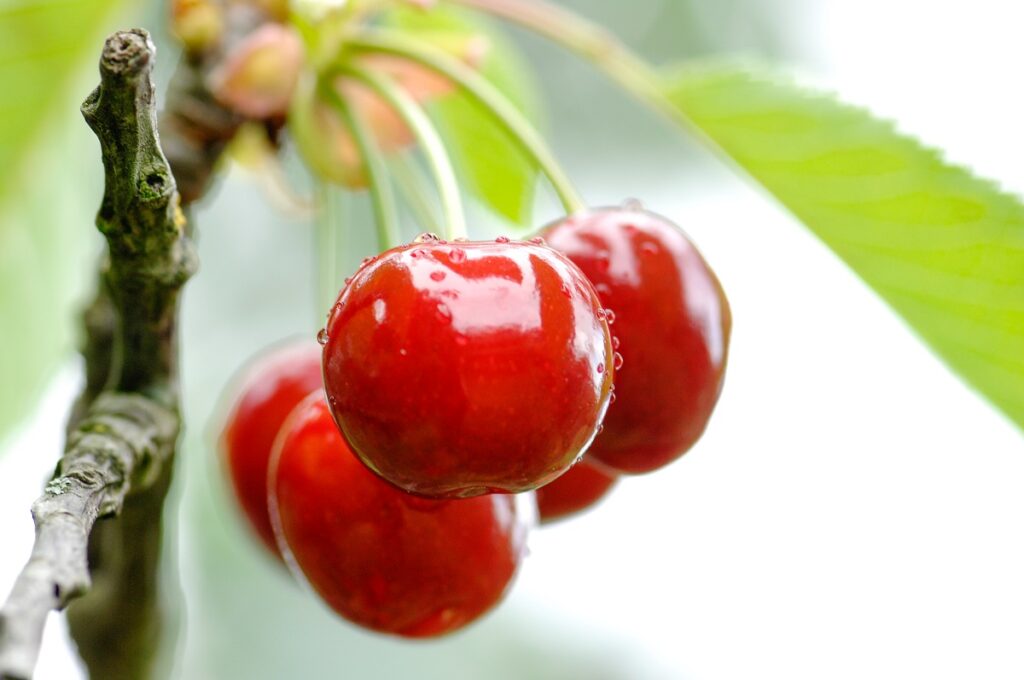
We’re going to group a bunch of cherry varieties together here as the prolific region of Lari, or Casciana Terme Lari as it is officially known, is the home to around 19 varieties of cherry that are specific to Lari’s geographic area.
Lari already has an interesting geography as there are many hot springs here that can make the soil have an interesting makeup.
Lari is a small town on the hill outside Pisa. If you have ever traveled to Pisa to see its leaning tower you may have seen people selling many cherries on the side of the road, this is pretty common. Lari cherries form 50% of all Tuscany’s cherry yields.
Growing Lari cherries from soil in a climate that isn’t Lari can be hard as the Lari cherries grow specifically well within the soil of Lari which is greatly affected by the hot springs which make the soil sulfuric and volcanic.
6. Pesca ‘Regina di Londa’
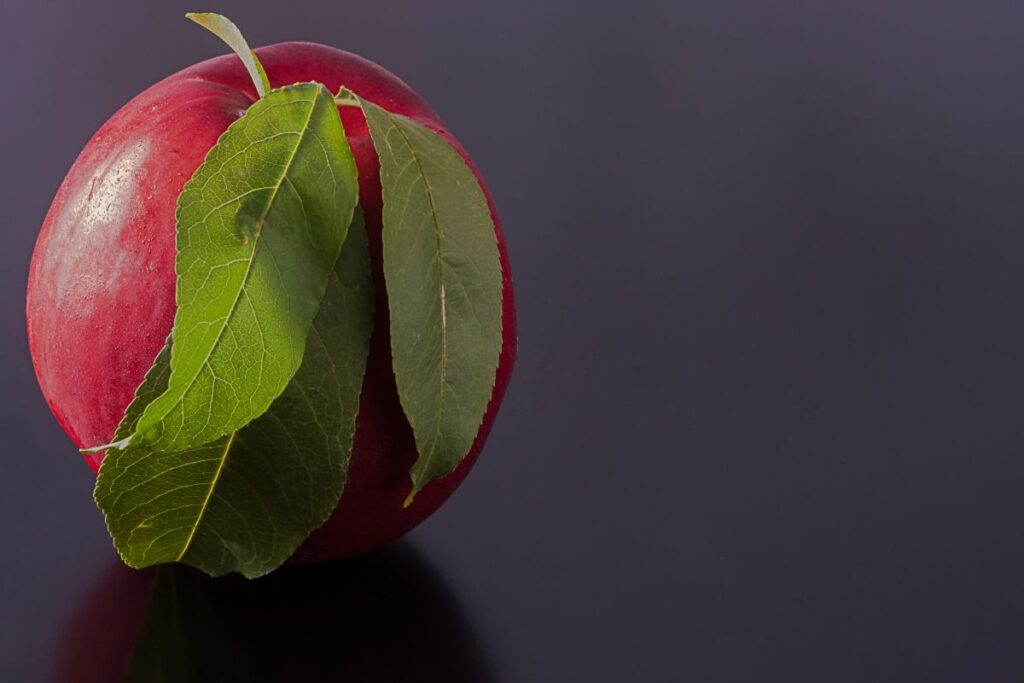
Around 100 to 700 meters above sea level a rather specific and fairly rare peach is grown. This area is known as Londa and is within the Florence province, the peaches which ripen in mid-September are very sweet and have a unique white pulp.
They are regularly made into jam as they can be rare but also mainly because they can be very sweet.
As the peaches ripen much later than other similar crops and as the recent effects of climate change can be seen as the seasons are knocked further out of the norm, the Londa peach has become rarer and rarer.
Certain groups have moved to protect the unique peach which relies on small local farmers who defend the production of the peach.
It’s likely the specific soil makeup and climate of Londa is specific to the fruits cultivation. As a result of these factors a mere 1000 quintals are produced every year.
7. Sangiovese Grapes

Tuscany is perhaps most recognized for its production of wine, specifically what people recognize as ‘Super Tuscans’. One specifically famous grape from the regions of Tuscany is the Sangiovese grape which is often referred to as the ‘blood of Jupiter’.
The village of Montalcino is considered to produce the ‘workhorse’ of Sangiovese varieties that flourish rather specifically in this area and terroir.
The Sangiovese is a common grape used in Pinot noir, Cabernet Sauvignon as well as many Italian table wines. It is very dark and produces rich wines.
8. Cyrnara cardunculus ‘Cardoon della Val di Cornia’

A Cardoon is a similar type of vegetable to the artichoke, this specific variety is common in the cuisine of Tuscany and grows in the valley around Livorno.
A cardoon is very common in Italy and is very similar to an artichoke, part of the same plant family and genus.
They generally grow into the winter months, like artichokes, and are harvested around October time. They grow in the ground like an artichoke does, their spindly green leaves grow out of the ground.
The edible part is often white and is a big part of Italian cuisine, making its way into many spreads, fried in breadcrumbs and olive oil, baked as part of another dish, as well as many other culinary uses.
9. Tuscan Olives
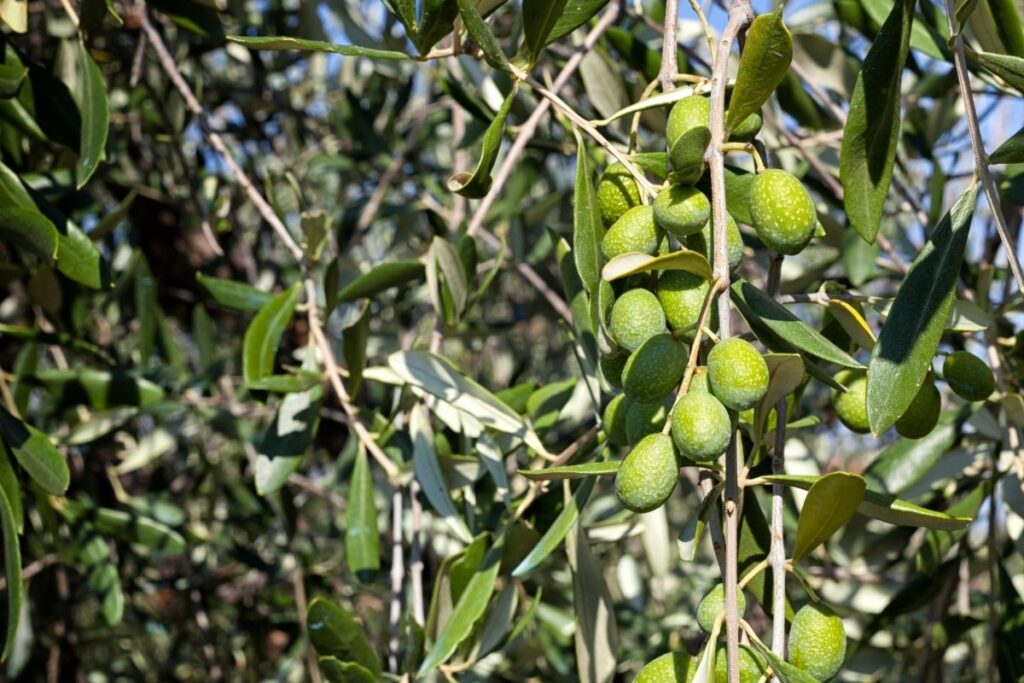
Tuscan olive trees are perhaps some of the most famed olives in the world let alone Italy. Historical records show that Tuscan olive trees were cultivated as early as 4000 BC.
The olives are used to make Tuscan olive oil which is often a lot more pungent and peppery, and even green, in comparison to regular olive oil produced elsewhere in Italy.
As Tuscan winters can hit pretty hard, Tuscan olive farmers often harvest their olives quite early to get ahead of the frost. This early harvest is what produces such a strong, pungent, and also unique olive oil, as the olives are harvested when they are purple to green colored.
Frantoio and Leccino remain the most favored varieties among farmers and consumers, but the Pendolino variety is also commonly cultivated as a partner plant to these two varieties, while not always used in the olive oil itself.
Permaculture holds that these varieties will attempt to one up each other and grow bigger and better olives.
Final Thoughts
Tuscany is known for many things, not just the Leaning Tower of Pisa, or the beautiful city of Florence, nor the region’s syndicated wine production, but also for its varied but quality produce of fruit and vegetables.
Tuscany has a pretty interesting climate that makes its produce of vegetables and fruit so varied. From the coastal cardoons found in Livorno, to the volcanic soil that produces the Lari peaches, to the rarities of the Londa peach.
Tuscany also produces vast amounts of grapes such as the famed Sangiovese grape, many of which go to making the highly sought after ‘Super Tuscan’ variety of wines as well as many wines that form the Italian ‘table wine culture’.







